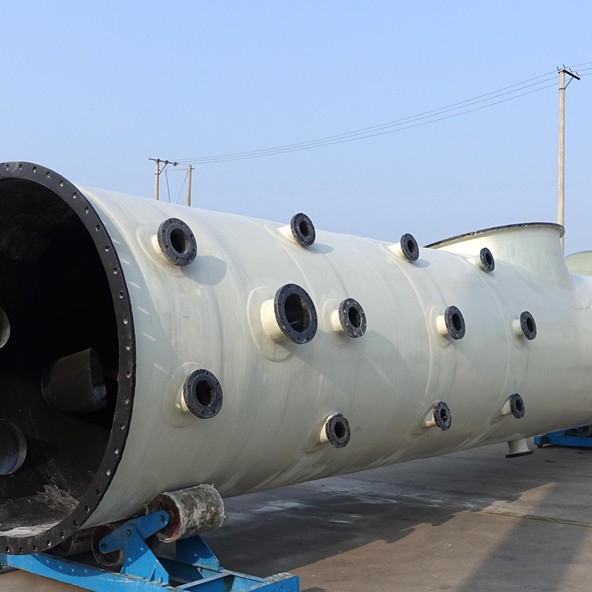
-
 Afrikaans
Afrikaans -
 Albanian
Albanian -
 Amharic
Amharic -
 Arabic
Arabic -
 Armenian
Armenian -
 Azerbaijani
Azerbaijani -
 Basque
Basque -
 Belarusian
Belarusian -
 Bengali
Bengali -
 Bosnian
Bosnian -
 Bulgarian
Bulgarian -
 Catalan
Catalan -
 Cebuano
Cebuano -
 China
China -
 China (Taiwan)
China (Taiwan) -
 Corsican
Corsican -
 Croatian
Croatian -
 Czech
Czech -
 Danish
Danish -
 Dutch
Dutch -
 English
English -
 Esperanto
Esperanto -
 Estonian
Estonian -
 Finnish
Finnish -
 French
French -
 Frisian
Frisian -
 Galician
Galician -
 Georgian
Georgian -
 German
German -
 Greek
Greek -
 Gujarati
Gujarati -
 Haitian Creole
Haitian Creole -
 hausa
hausa -
 hawaiian
hawaiian -
 Hebrew
Hebrew -
 Hindi
Hindi -
 Miao
Miao -
 Hungarian
Hungarian -
 Icelandic
Icelandic -
 igbo
igbo -
 Indonesian
Indonesian -
 irish
irish -
 Italian
Italian -
 Japanese
Japanese -
 Javanese
Javanese -
 Kannada
Kannada -
 kazakh
kazakh -
 Khmer
Khmer -
 Rwandese
Rwandese -
 Korean
Korean -
 Kurdish
Kurdish -
 Kyrgyz
Kyrgyz -
 Lao
Lao -
 Latin
Latin -
 Latvian
Latvian -
 Lithuanian
Lithuanian -
 Luxembourgish
Luxembourgish -
 Macedonian
Macedonian -
 Malgashi
Malgashi -
 Malay
Malay -
 Malayalam
Malayalam -
 Maltese
Maltese -
 Maori
Maori -
 Marathi
Marathi -
 Mongolian
Mongolian -
 Myanmar
Myanmar -
 Nepali
Nepali -
 Norwegian
Norwegian -
 Norwegian
Norwegian -
 Occitan
Occitan -
 Pashto
Pashto -
 Persian
Persian -
 Polish
Polish -
 Portuguese
Portuguese -
 Punjabi
Punjabi -
 Romanian
Romanian -
 Russian
Russian -
 Samoan
Samoan -
 Scottish Gaelic
Scottish Gaelic -
 Serbian
Serbian -
 Sesotho
Sesotho -
 Shona
Shona -
 Sindhi
Sindhi -
 Sinhala
Sinhala -
 Slovak
Slovak -
 Slovenian
Slovenian -
 Somali
Somali -
 Spanish
Spanish -
 Sundanese
Sundanese -
 Swahili
Swahili -
 Swedish
Swedish -
 Tagalog
Tagalog -
 Tajik
Tajik -
 Tamil
Tamil -
 Tatar
Tatar -
 Telugu
Telugu -
 Thai
Thai -
 Turkish
Turkish -
 Turkmen
Turkmen -
 Ukrainian
Ukrainian -
 Urdu
Urdu -
 Uighur
Uighur -
 Uzbek
Uzbek -
 Vietnamese
Vietnamese -
 Welsh
Welsh -
 Bantu
Bantu -
 Yiddish
Yiddish -
 Yoruba
Yoruba -
 Zulu
Zulu
Exploring the Applications and Benefits of FRP Field Tanks in Modern Industry
Understanding FRP Field Tanks A Breakthrough in Storage Solutions
In the ever-evolving landscape of industrial storage solutions, Fiber Reinforced Plastic (FRP) field tanks have emerged as a groundbreaking alternative to traditional materials. With their unique combination of strength, durability, and resistance to corrosion, FRP tanks are rapidly gaining popularity in various sectors, including oil and gas, water treatment, and chemical storage.
FRP tanks are constructed using a composite material that combines plastic with reinforcing fibers, typically glass or carbon. This innovative design not only enhances the mechanical properties of the tanks but also makes them significantly lighter than their steel counterparts. The lightweight nature of FRP makes transportation and installation easier, which can translate into substantial cost savings for companies.
Understanding FRP Field Tanks A Breakthrough in Storage Solutions
Environmental considerations are also a critical aspect of FRP tanks. Many industries face increasing regulations pertaining to environmental protection and sustainability. FRP tanks are designed to be environmentally friendly; they minimize the risk of leaks and spills, thus reducing the potential for environmental contamination. Furthermore, the materials used in FRP construction can often be sourced from recycled content, aligning with the growing demand for sustainable practices in industrial operations.
frp field tank

The versatility of FRP field tanks is another factor contributing to their rising adoption. These tanks can be manufactured in various shapes and sizes, accommodating specific storage needs and site conditions. Whether it's a large-scale facility requiring a substantial storage capacity or a smaller operation with limited space, FRP tanks can be tailored to meet diverse requirements.
Moreover, advancements in technology have greatly enhanced the manufacturing processes of FRP tanks. Modern techniques enable manufacturers to produce tanks with superior strength and longevity, while also ensuring consistent quality and performance. This technological progress supports industries in optimizing their storage capacities without compromising on safety or reliability.
In addition to their practical benefits, FRP tanks also offer aesthetic advantages. They can be designed with various finishes and colors, making them suitable for use in environments where visual impact is a consideration, such as in urban areas or near residential zones.
In conclusion, FRP field tanks represent a significant advancement in the realm of storage solutions. Their combination of strength, durability, corrosion resistance, and environmental benefits make them an excellent choice for a wide array of industries. As companies continue to seek innovative ways to enhance operational efficiency and sustainability, FRP tanks are likely to play an increasingly prominent role in the storage landscape of the future. The transition towards these composite materials is not just a trend; it's a necessary evolution for industries aiming to adapt to the challenges of modern-day storage demands.
Latest news
-
Exploring the Benefits of Top Hammer Drifter Rods for Enhanced Drilling PerformanceNewsJun.10,2025
-
High-Precision Fiberglass Winding Machine for GRP/FRP Pipe Production – Reliable & Efficient SolutionsNewsJun.10,2025
-
FRP Pipes & Fittings for Shipbuilding - Corrosion-Resistant & LightweightNewsJun.09,2025
-
Premium FRP Flooring Solutions Durable & Slip-ResistantNewsJun.09,2025
-
Premium Fiberglass Rectangular Tanks Durable & Lightweight SolutionNewsJun.09,2025
-
Tapered Drill String Design Guide Durable Performance & UsesNewsJun.09,2025









